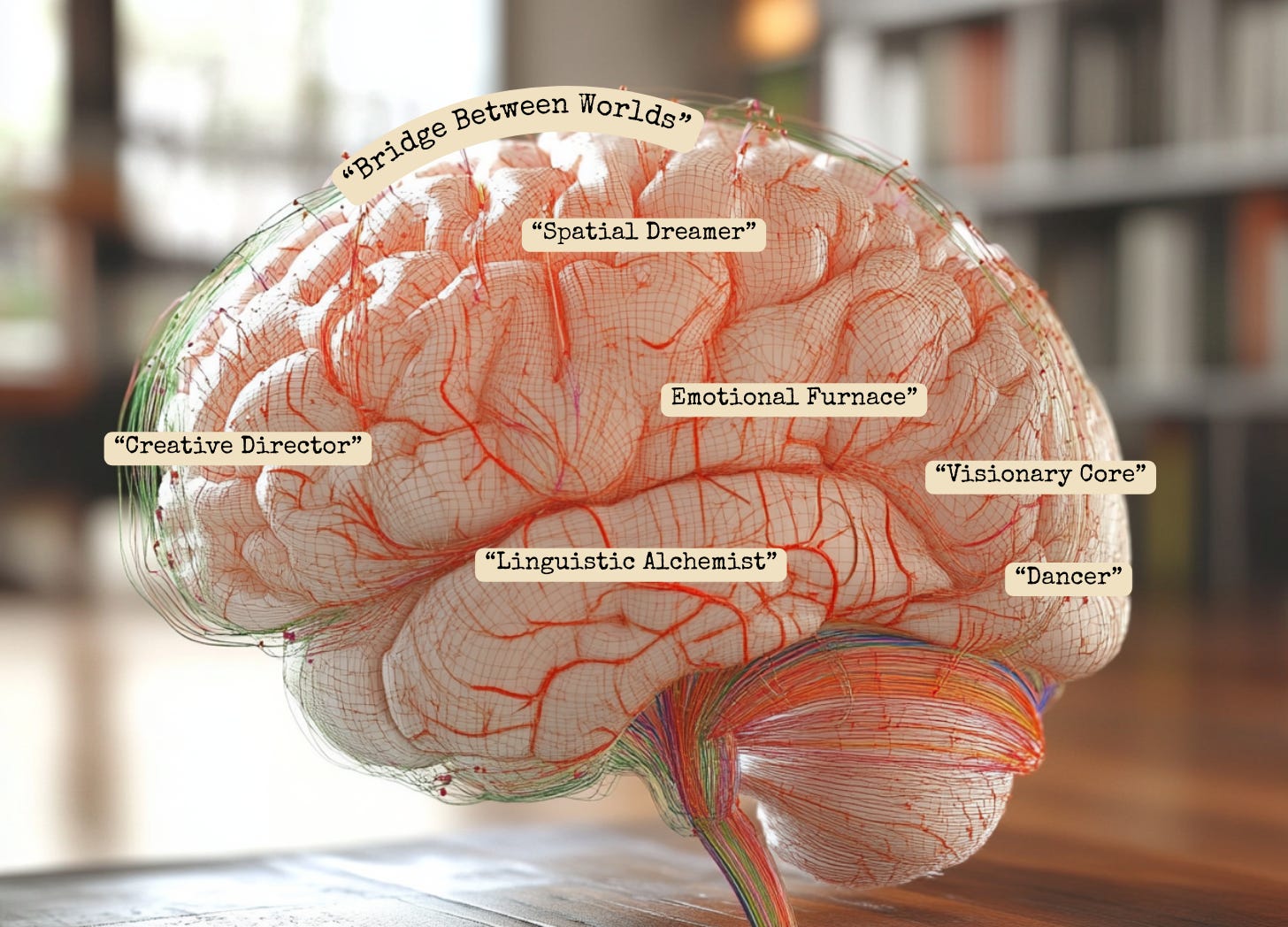The Artist & The Drink
I write to discover what I think. After all, the bars aren’t open that early. —Daniel Boorstin
Image Created by Author. © NJ Lit & Phil 2025. All rights reserved.
Alcohol’s Influence on Creativity and the Brain
For centuries, alcohol and art have been tangled lovers. But what if the romance between them is just love unrealized—a honeymoon phase, where facts are mere inconvenience? So let’s take comfort, and rose-colored anything, out of it. Let’s look at what the science says about how alcohol actually affects our creative minds.
A Moment for The Drunken Genius
There’s a seductive archetype: the tortured, brilliant writer or painter with a glass in hand. From Hemingway to Bukowski, from Van Gogh to Winehouse, alcohol has loomed large in artistic lore. Some claim it “unlocks” creativity and removes inhibition, quiets the critic, and stirs up emotion to throw onto the canvas. Others, especially those who’ve tried to write through a hangover, know fuzziness, fragmentat…
Keep reading with a 7-day free trial
Subscribe to NJ. Simat - Editor, Author, Poet. to keep reading this post and get 7 days of free access to the full post archives.


